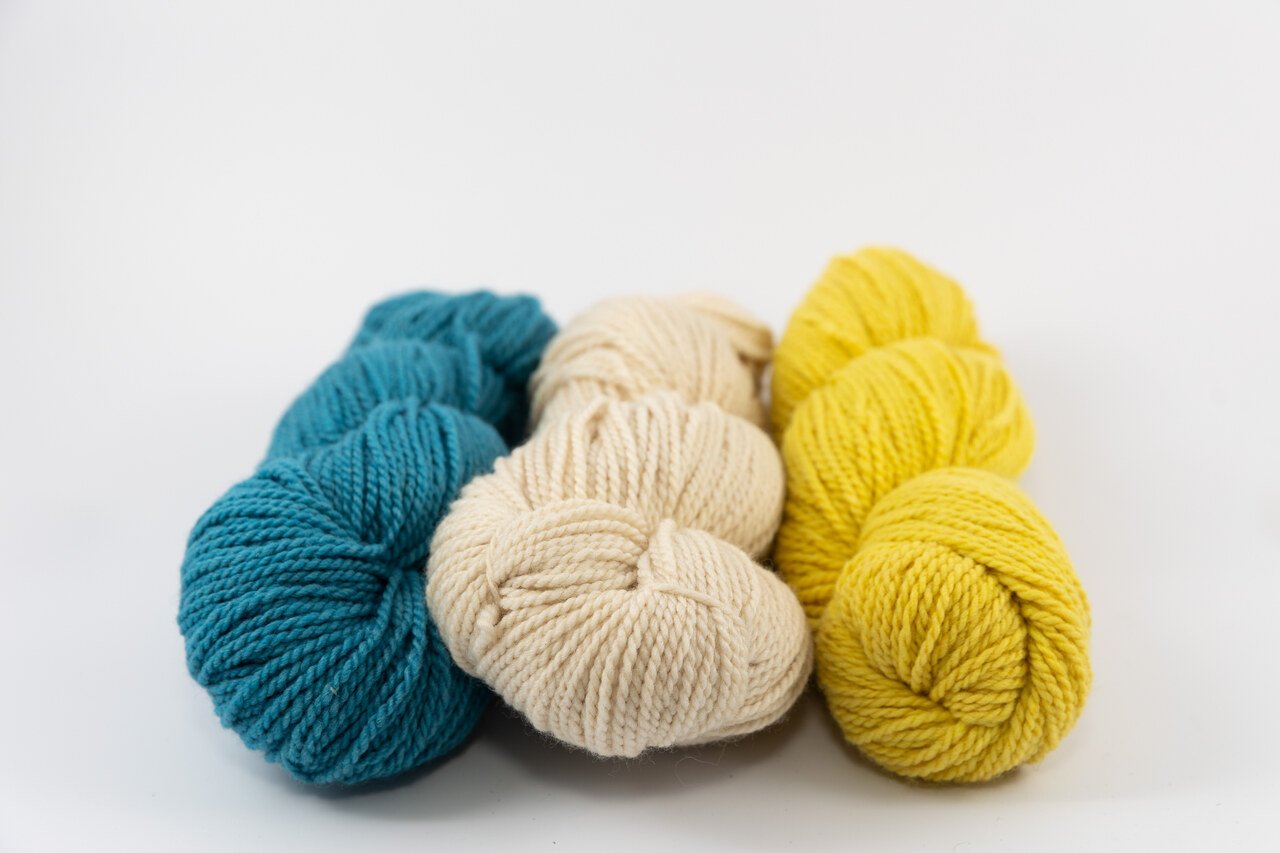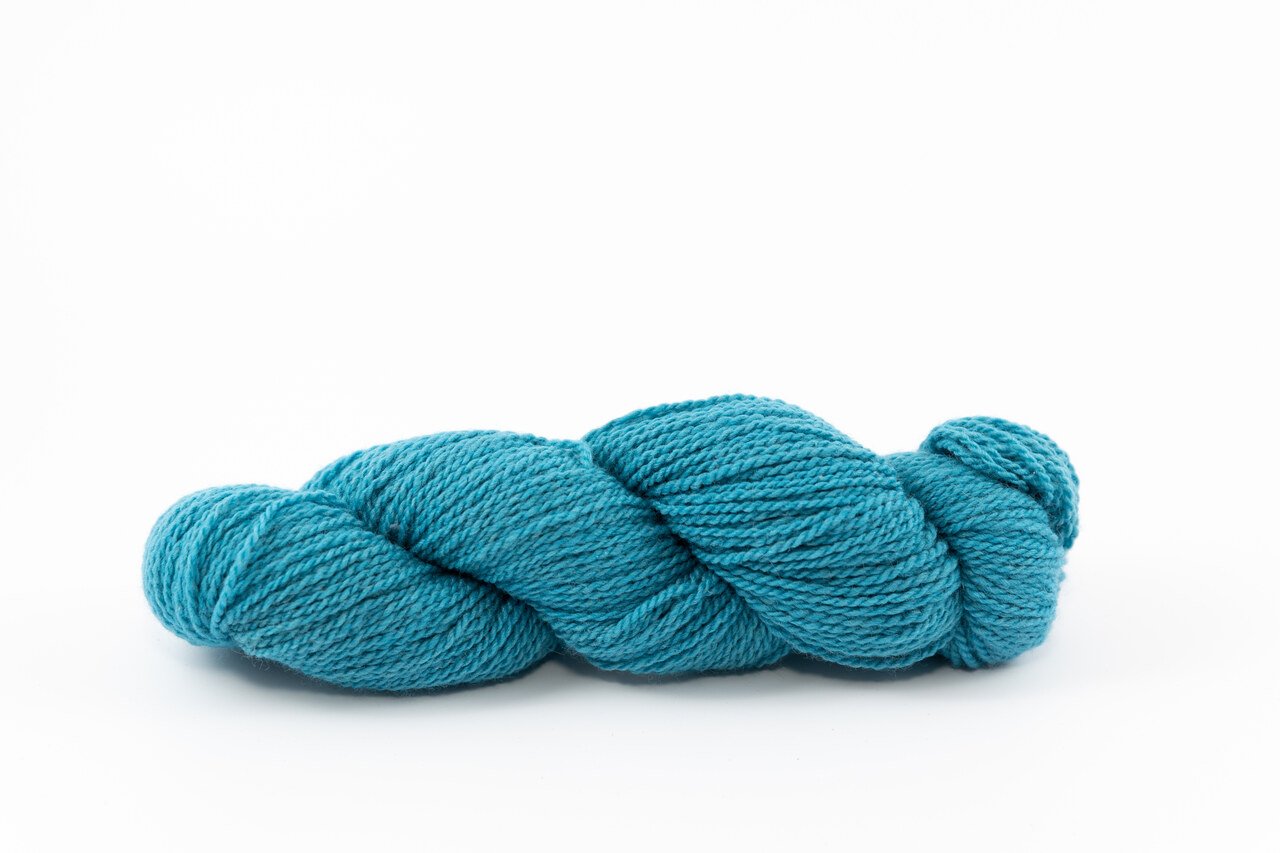 Image 1 of 8
Image 1 of 8

 Image 2 of 8
Image 2 of 8

 Image 3 of 8
Image 3 of 8

 Image 4 of 8
Image 4 of 8

 Image 5 of 8
Image 5 of 8

 Image 6 of 8
Image 6 of 8

 Image 7 of 8
Image 7 of 8

 Image 8 of 8
Image 8 of 8









Colorado Pure Mini Wensleydale and Muga Silk
Colorado Wensleydale meets wild muga silk, making an exquisite yarn. Wild silk moths live in the wild and are collected in the forests of South Asian countries. Muga has a natural dark honey color and when mixed with wool provides a lovely golden luster. It provides a nice drape like the traditional Bombyx, and matched with Wensleday makes an overall strong and warm garment.
Yarn Details
Worsted
50 Yards
Wool source: Cactus Hill Farm
Yarn Details:
Content: 100% Colorado Merino
*Weight: Dk ~52-58 grams
Length: 200 yards
Source: Cactus Hill Farm
Care: While all fiber has a final washing and is rinsed until the water is clear, some dye may still exist and you may experience some “crocking” - this is when the dye transfers to your hands while knitting. You may also see some bits of leftover raw dye materials in your yarn; this is especially true for yarns dyed with cochineal, sappanwood sawdust, weld plant, and marigold.
Due to the unscientific nature of how I approach natural dying, you may see some “imperfections” in the yarn.Embrace them.
To maintain the color of your yarn, keep out of direct sunlight for long periods of time and hand wash with a ph neutral soap in cold water.
*Please note: this yarn is made in a small artisan mill where much work is done by hand; yarn skeins may vary slightly.
Colorado Wensleydale meets wild muga silk, making an exquisite yarn. Wild silk moths live in the wild and are collected in the forests of South Asian countries. Muga has a natural dark honey color and when mixed with wool provides a lovely golden luster. It provides a nice drape like the traditional Bombyx, and matched with Wensleday makes an overall strong and warm garment.
Yarn Details
Worsted
50 Yards
Wool source: Cactus Hill Farm
Yarn Details:
Content: 100% Colorado Merino
*Weight: Dk ~52-58 grams
Length: 200 yards
Source: Cactus Hill Farm
Care: While all fiber has a final washing and is rinsed until the water is clear, some dye may still exist and you may experience some “crocking” - this is when the dye transfers to your hands while knitting. You may also see some bits of leftover raw dye materials in your yarn; this is especially true for yarns dyed with cochineal, sappanwood sawdust, weld plant, and marigold.
Due to the unscientific nature of how I approach natural dying, you may see some “imperfections” in the yarn.Embrace them.
To maintain the color of your yarn, keep out of direct sunlight for long periods of time and hand wash with a ph neutral soap in cold water.
*Please note: this yarn is made in a small artisan mill where much work is done by hand; yarn skeins may vary slightly.






































